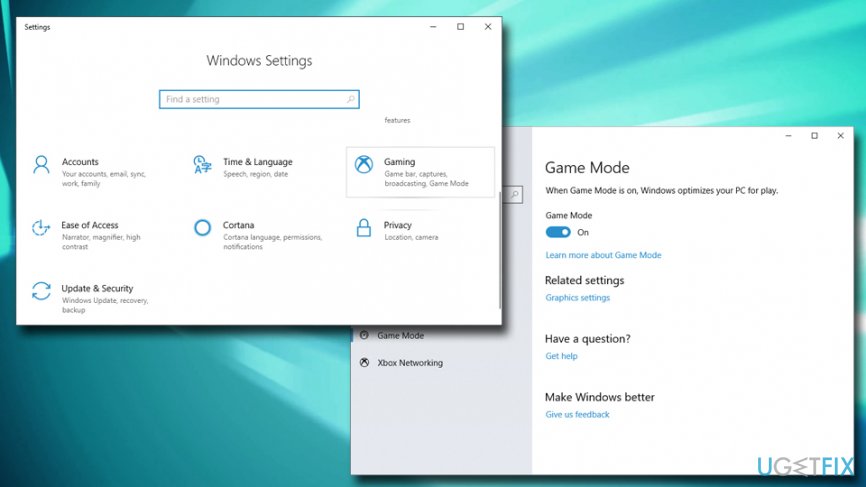

Not everyone can use virtual reality glasses and since they are not cheap, you need to be very careful when purchasing them and have the necessary PC to use them. there is always that one odd one that eats all the FPS.Virtual reality is more than placing a screen glued to your eyes, it is a medium in itself with different rules which therefore require different specifications. In Fallout it was god rays, in GTAV it was grass (because of the insane amount of shadows the grass would throw), in Division 2 it is (volumetric) fog. finding that one is usually the ticket to up everything else to ultra and still get goof FPS.

In many games there is that one option that eats ALL the FPS for whatever reason. Geforce Experience usually sets stuff too high for my taste, always seems to default to everything Ultra when a mix of high and ultra is required and i can't tell it to target 1080p 144FPS either, there is a slider but it doesn't tell me what it is doing, so i can just as well tweak stuff in the options myself. With 144Hz G-Sync and a target of "just stay above 90" there is plenty of room to tweak. I usually start playing with Ultra settings, once i got a feel for how much FPS i get and for what the game looks like at its best fidelity i set the High preset to see how much FPS difference i get and if anything looks noticeably worse to my eyes (if that is still not enough FPS i try medium just to get a feel for it).then a few tweaks here and there will usually do the trick and i'll end up with a mix of Medium to Ultra.

I can slide-up the GeForce Experience slider a third of the way and still maintain 60FPS low-end framerate on benchmarks (Red Dead Redemption 2 in this case).ĭo others have tips for quickly optimizing PC games? NVidia's GeForce Experience app offers to "optimize" graphics settings for games, but I've discovered that these are often one-size-fits-all presets that may not be the best choice.įor example, I'm gaming on an OLED at 60FPS, and I believe NVIDIA is shooting for a 90+ FPS, so it "optimizes" quality to be lower than necessary. (Users could still adjust the 20+ parameters as desired, but at least the game would be optimized for the particular PC.) It would be nice if games shipped with a wizard that asked what FPS the user wants, ran benchmarks, and set the graphics parameters. Is flipping between the graphic quality/performance slider and benchmarks (when available) the best way to tune graphics quality these days?

What's a reasonably efficient procedure for tuning PC graphics settings to maximize quality?


 0 kommentar(er)
0 kommentar(er)
